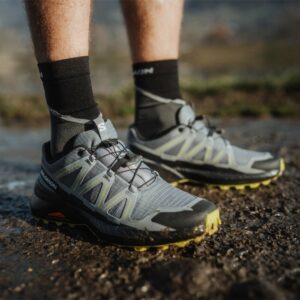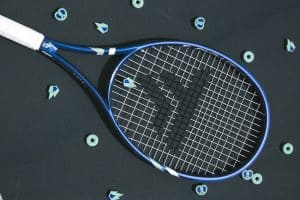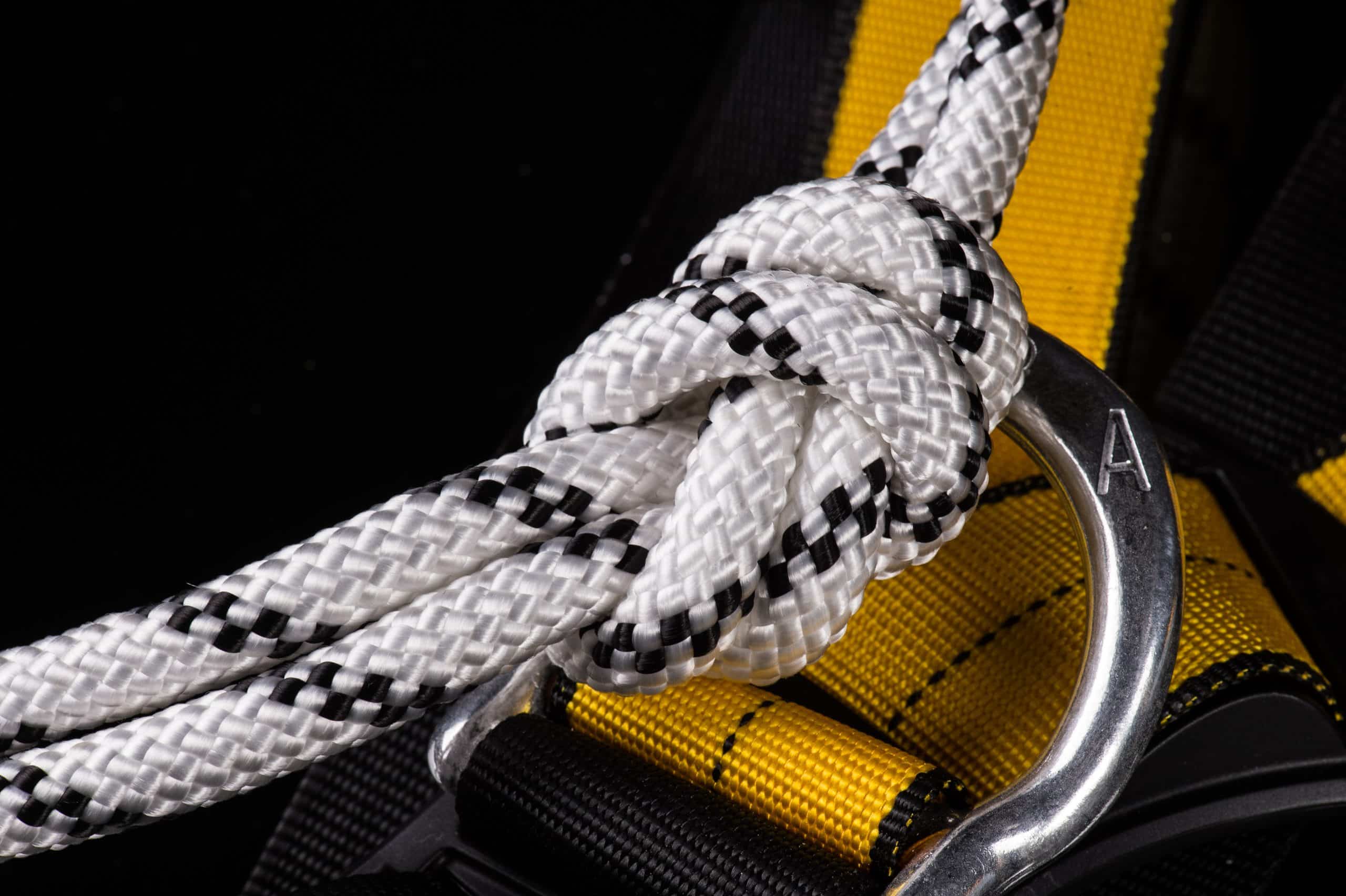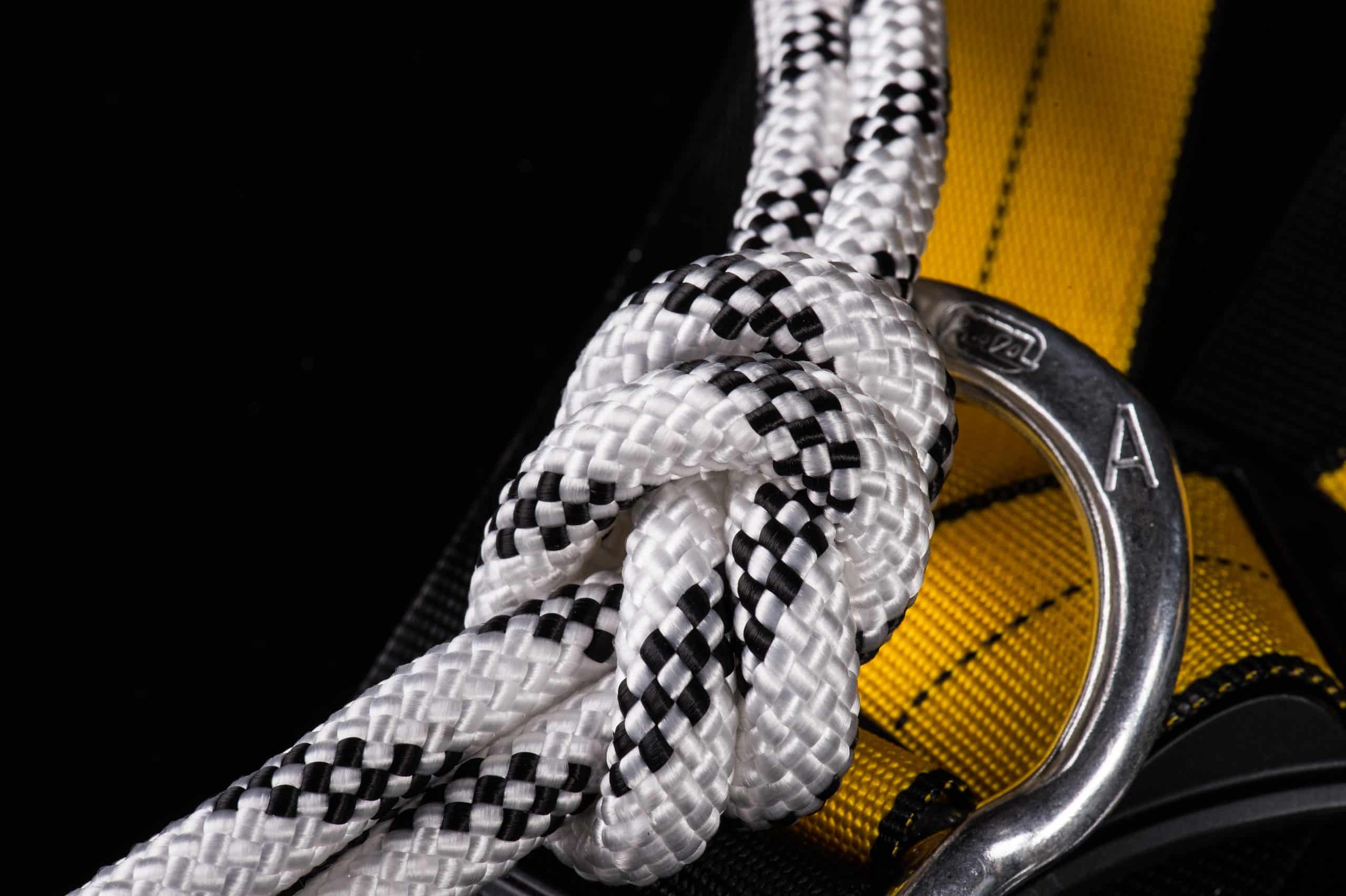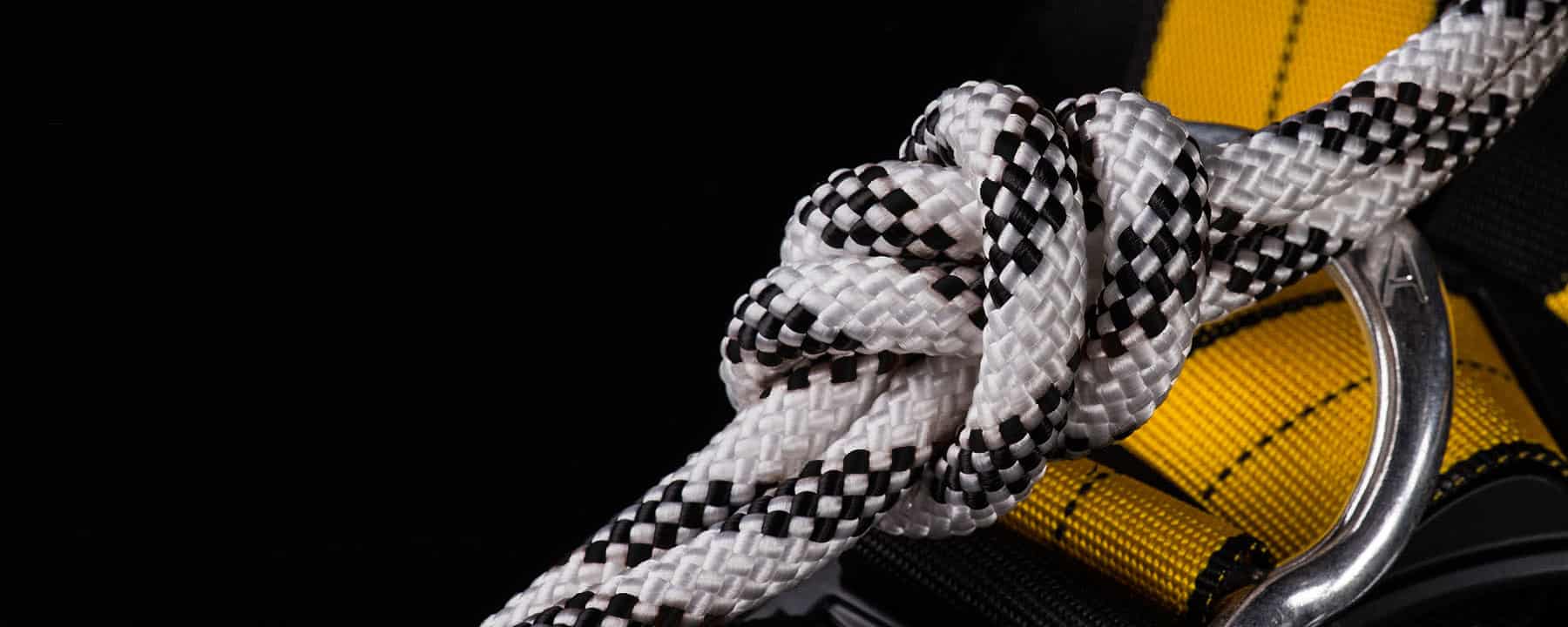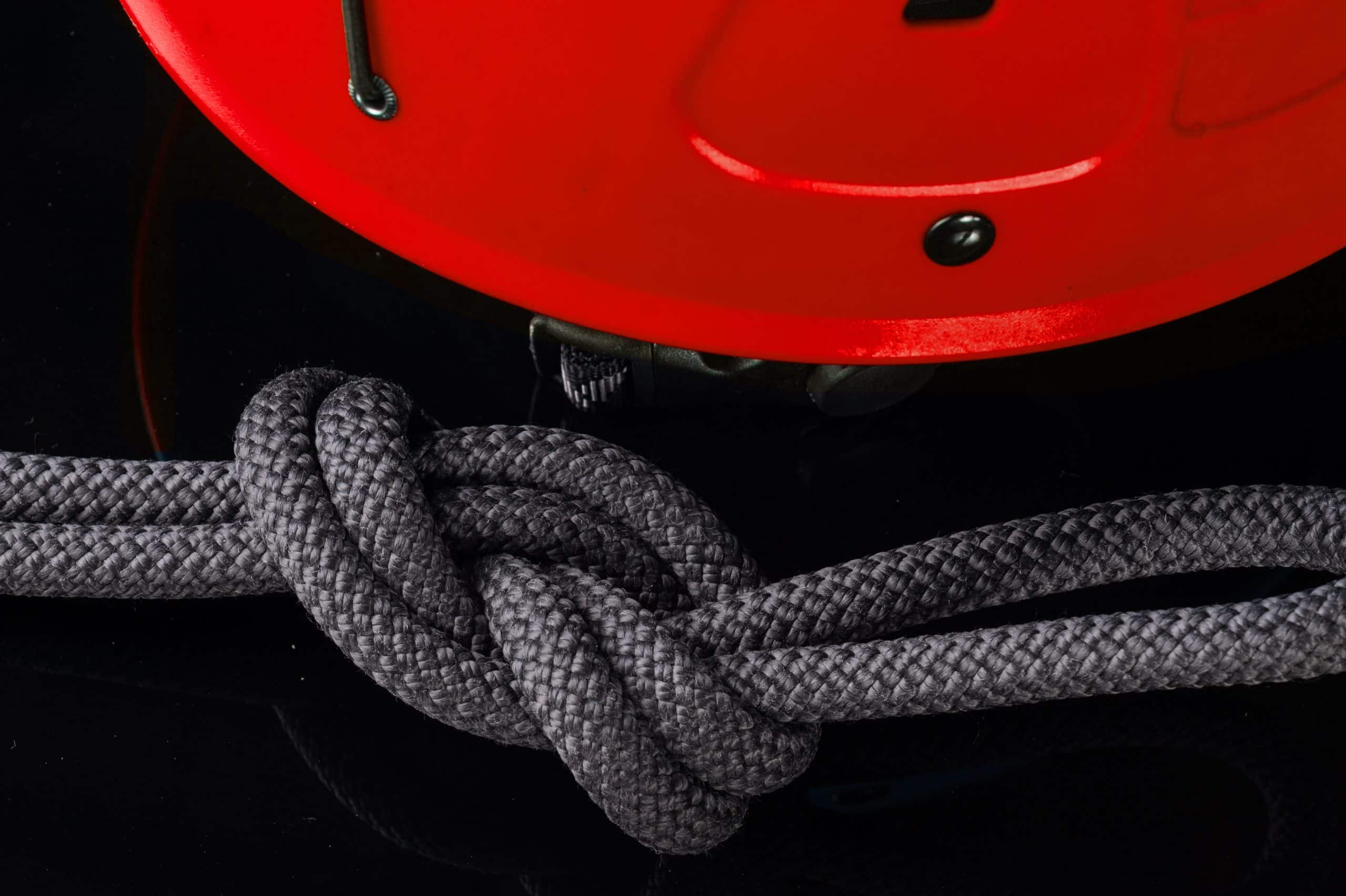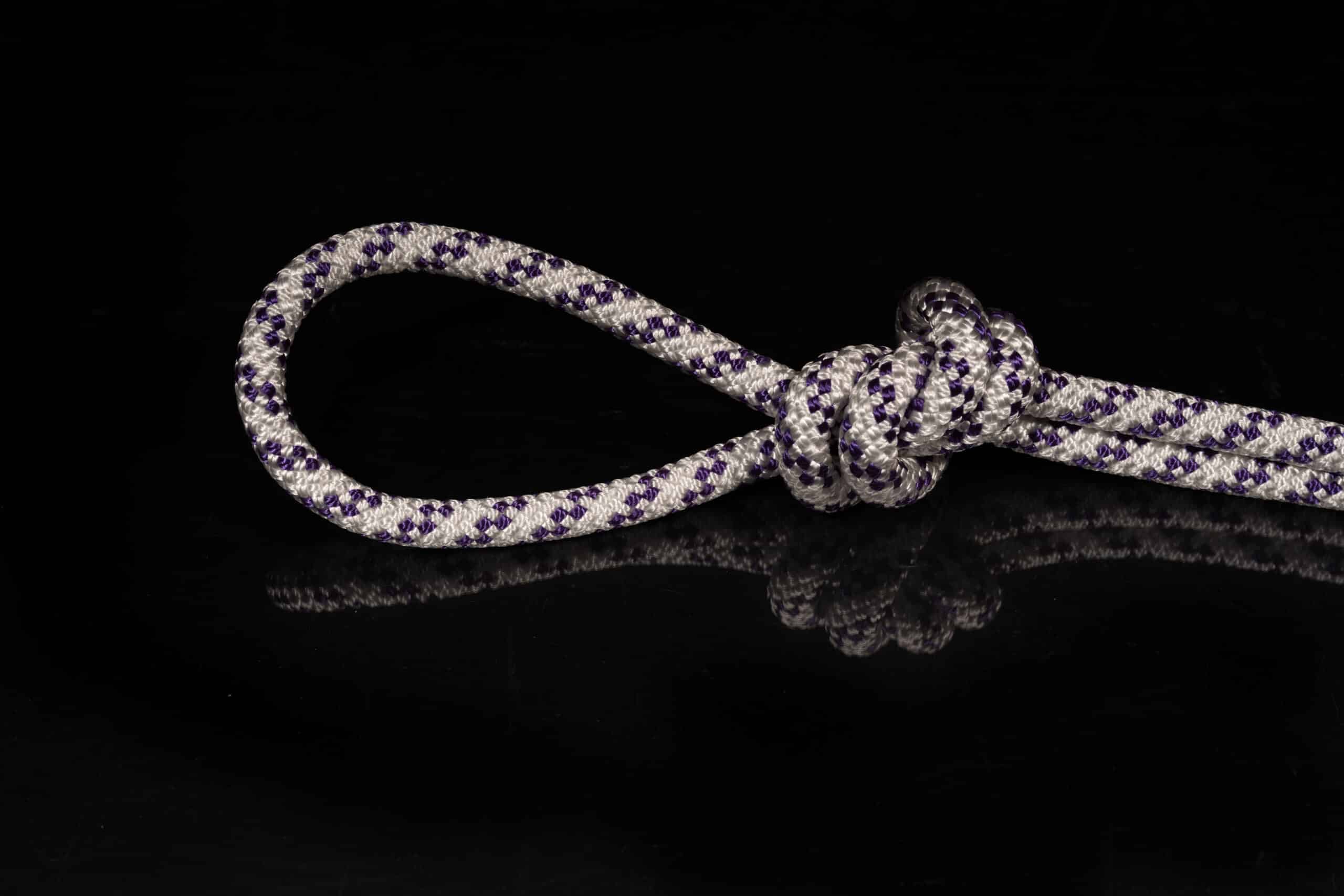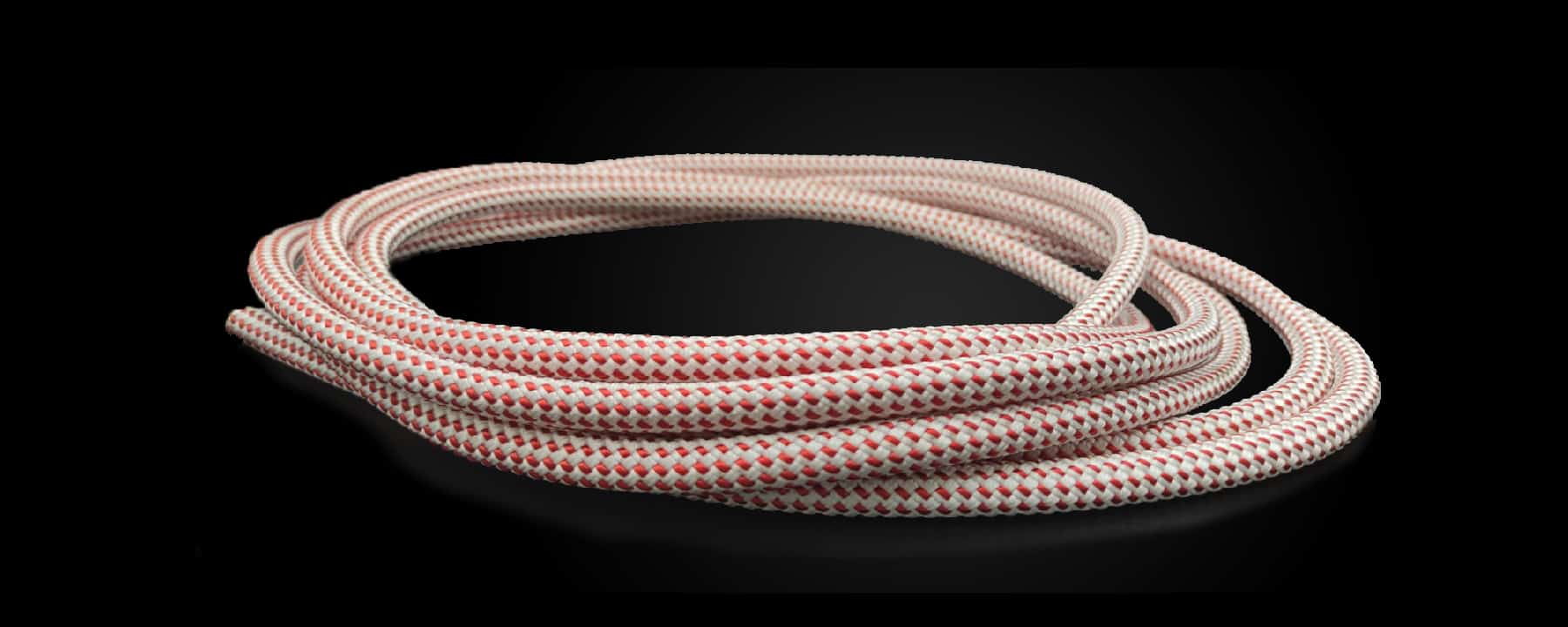
Work at height and rescue
Filter by usage
A project?
Cousin® develops your industrial project
A high-performance industrial textile cable project?
Our design office develops your product with you.
Our process
Submit your request using our contact form:
- Requirement
- End use
- Environment in which your product will be used
- Desired technical characteristics
- Desired length and diameter
- COUSIN® brand or white label
Our design office will then examine the feasibility of your request.
All technical and mechanical criteria are analyzed, including raw materials, assembly, construction, processing, finishing, and packaging.
If development is possible, the sales team will send you a quote and a delivery timeframe.
Once the quote and technical file have been approved, a prototype can be tested before being sent to you. We can have your product certified by the organization of your choice.
All our products undergo rigorous laboratory testing: breaking strength, impact strength, elongation, flexibility, knotability, sheath slippage, water shrinkage, etc.
All tests comply with the various ISO regulations and European standards in force.
Additional tests can be carried out on request.
Your request is ready for industrialization.
We are committed to meeting the deadline.
Ropes play a crucial role in work at height, ensuring operator safety, mobility, and supporting rescue operations in the event of an accident. They provide access to hard-to-reach areas, protect against falls, and enable the rapid evacuation of victims.
Made from high-strength synthetic fibers such as nylon, polyester, or technical materials like Kevlar®, these ropes are designed to support workers’ weight and withstand dynamic forces during a fall. Controlled elasticity helps reduce trauma during fall arrest.
In rescue situations, ropes are essential for stabilizing victims, keeping them secure, and lowering them safely. Trained rescue teams use specialized rope systems for efficient and effective interventions.
Regular maintenance is critical: worn or damaged ropes can compromise any operation. Workers and rescuers must also be trained in proper rope handling, inspection, and height-specific first aid.
High-quality, reliable ropes combined with proper training are essential not only for prevention but also for ensuring successful rescue operations.

